The Roaring Twenties, or Goldenen Zwanziger Jahre, as they were known in Germany, were very likely Germany’s happiest time in the first half of the twentieth century. They can also be considered Berlin’s Golden Age.
The time between the end of the hyperinflation and hardships of the post-Great War period and the stock market crash of 1929 were a comparatively stable period for the troubled Weimar Republic. The largely French-driven dictates of the Versailles Treaty were modified and relieved by the implementation of the Dawes Plan and later the Young Plan (although the latter would not come into effect until 1930). In 1926, the Weimar Republic joined the League of Nations, another sign of normalization.
Fueled by American dollars, the German economy stabilized and expanded, leading to increased wealth. This credit-financed economy would later prove highly vulnerable to the effects of the Great Recession of the early 1930s, but, for the moment, the Weimar Republic enjoyed prosperity, stability and good times.
Hedonism
Germany in the late 1920s was a very dynamic and almost hedonistic country. Among other things, it had the largest number of cinemas in Europe and the second largest movie industry in the world, second only to the United States.
During the Goldene Zwanziger, many internationally renowned films, including The Last Laugh and Metropolis, were produced. Also, some of the most renowned German actors, Marlene Dietrich and Emil Jannings (the first person to receive an Academy Award for Best Actor) come to mind.
The Roaring Twenties in Germany saw the first widespread availability of radios in private homes. Since assembled radios were almost prohibitively expensive to everyone except the upper middle class, it was relatively common to buy the parts in a prepacked kit and assemble the set at home.
Music and radio dramas were very popular during the late twenties in Germany. Political broadcasts were few and far between.
Berlin’s golden years
The Goldene Zwanziger also saw a remarkably lively and culturally diverse Berlin, a stark contrast to what would become of it in the years to follow.
In the 1920s, Berlin was the world’s largest industrial city, the largest city between the English Channel and the coast of the Pacific and, after New York and London, the third largest metropolis in the world by population.
Berlin’s cultural significance, both for Germany and the world, also reached a level unparalleled since. It was arguably Germany’s only true cosmopolitan city, with Hamburg trailing a long way behind and Cologne and Munich being rather provincial towns still. The concentration of so much power in just one city may actually have had an adverse effect on Germany’s economy, but the jury is still out on that one.
Fact is, Berlin was a major metropolis in a country that was nowhere near as urbanized as it is today. Berlin was the industrial, artistic and financial center of the country. At no time before nor since has the city had such significance.
Today, cultural centers are Berlin, Hamburg, Cologne and Munich, heavy industry is in decline and the financial center is firmly placed in Frankfurt.
Liberalism
Germany as a whole made leaps in several areas outside industry and commerce.
Returning to the aforementioned hedonism, the late 1920s are noteworthy for their liberal views on gender roles and sexuality. This liberalism stands out compared to the years of the German Empire and the Third Reich and even the Federal Republic up until the 1970s.
Homosexuality in particular was seen as far less abhorrent as it had been viewed before or after. There were even specialized magazines in circulation, catering to the homosexual community. One of these was Die Freundin (“The Girlfriend”), a magazine aimed, obviously, at lesbians.
Women in general enjoyed a good deal more freedom. It was perfectly normal to see women smoking in public (this would have caused a scandal only a few years earlier) and many also learned to drive a car.
Transportation
It was during this time that a plan for the general improvement of Germany’s infrastructure was conceived: the massive construction of Autobahnen. Although the Nazi regime is often credited with the expansion of the German motorways, the plans for it were already there when the Nazis came to power. They did not plan it; they just took over and took credit for it.
On a happier note, Germany’s Goldene Zwanziger also were the beginning of the golden age of zeppelin travel. After the initial difficulties, mainly financial, were overcome, LZ 127 Graf Zeppelin, sister ship to the ill-fated Hindenburg, took to the air on September 18, 1928. In August 1929, the Graf Zeppelin flew around the globe, a feat no other zeppelin or airship has completed since.
Today, the images conjured by the term Goldene Zwanziger are people dancing Charleston or Foxtrot and the scenes from Der Blaue Engel. I guess relatively few people are still aware of the liberties enjoyed by women and homosexuals during this time.
This story first appeared in Gatehouse Gazette 17 (March 2011), p. 5-6, with the headline “Germany’s Golden Twenties”.

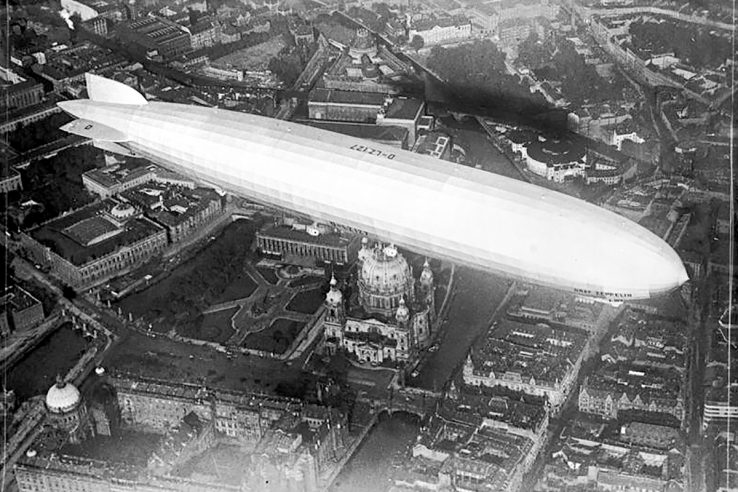
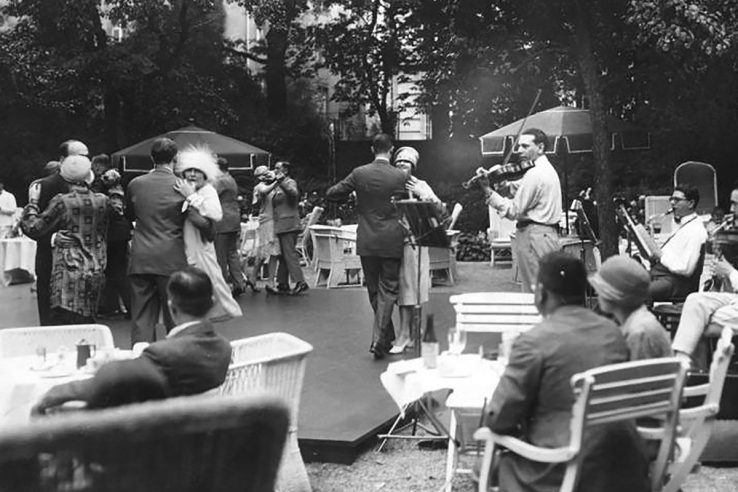
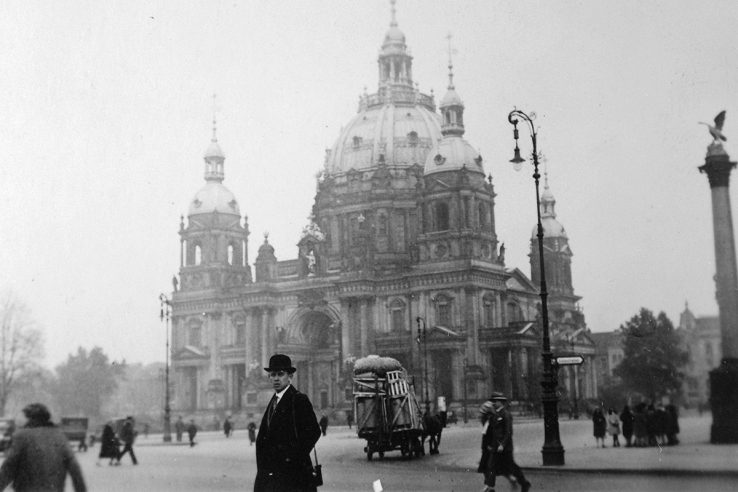
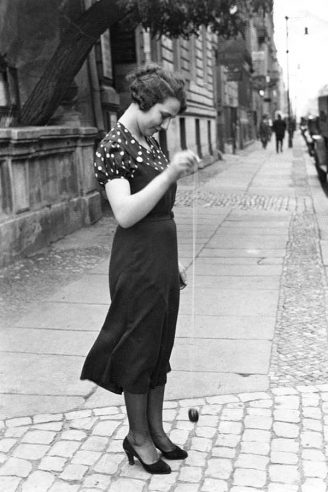
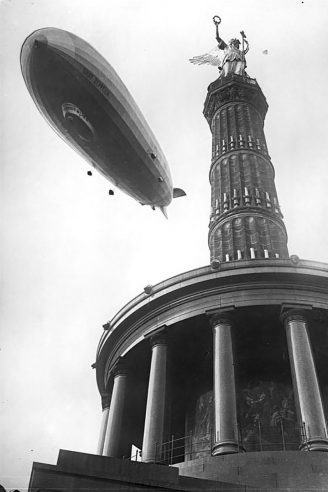
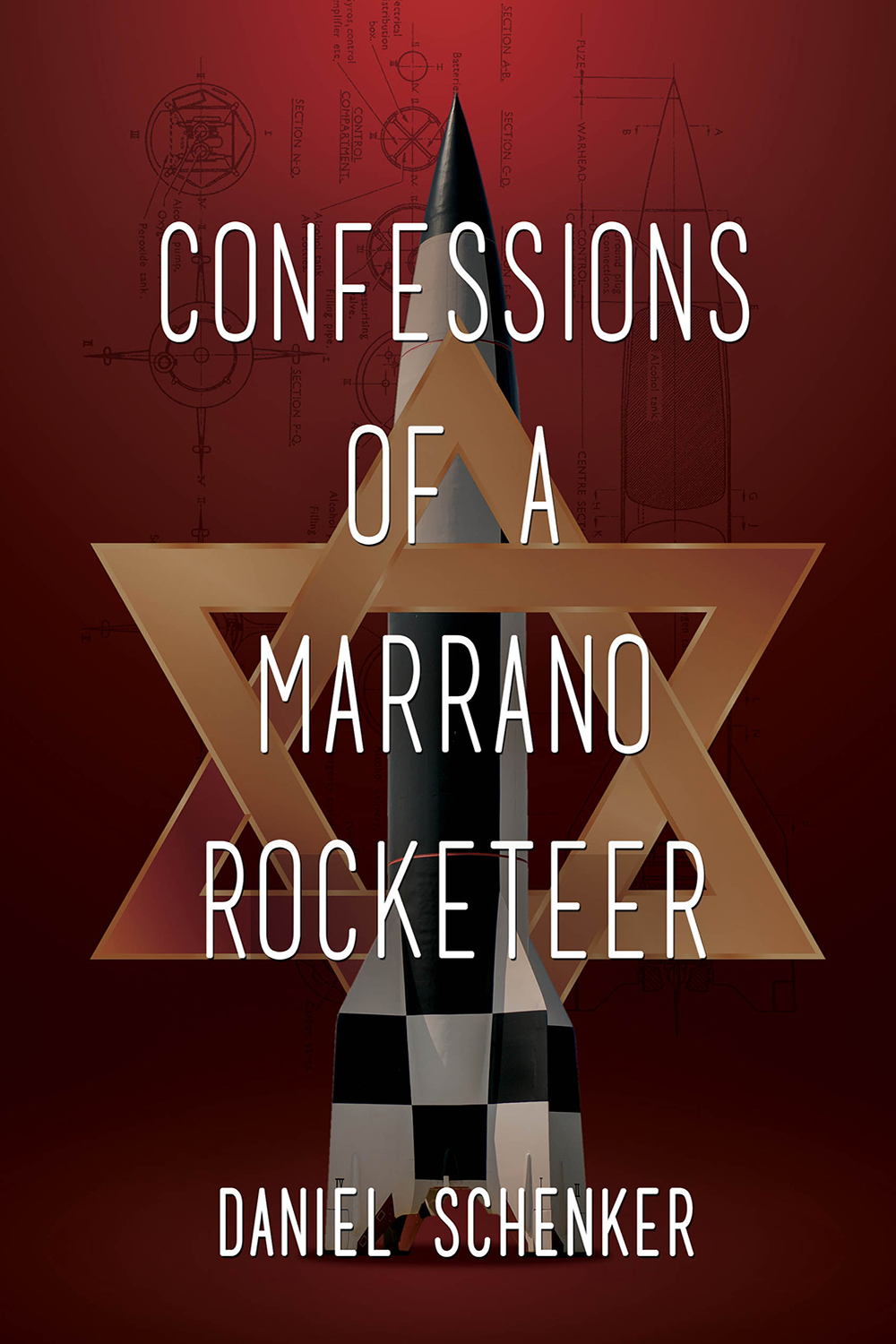
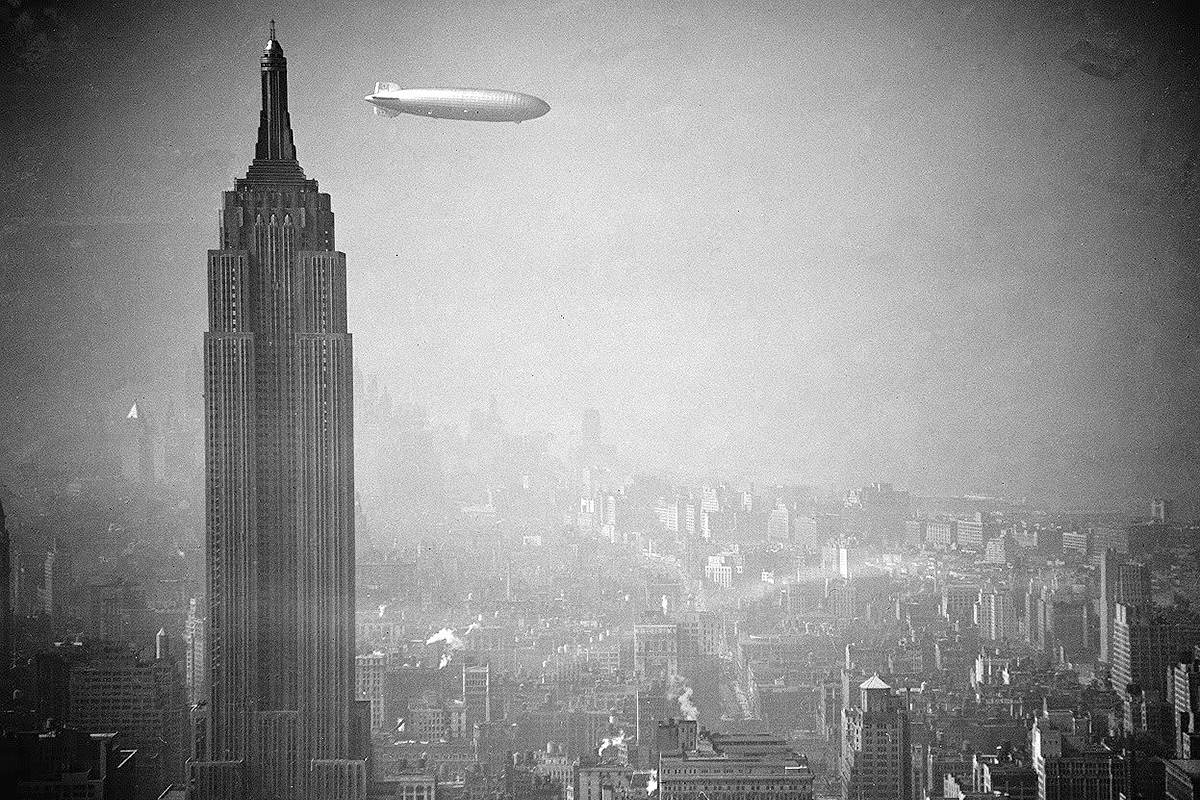

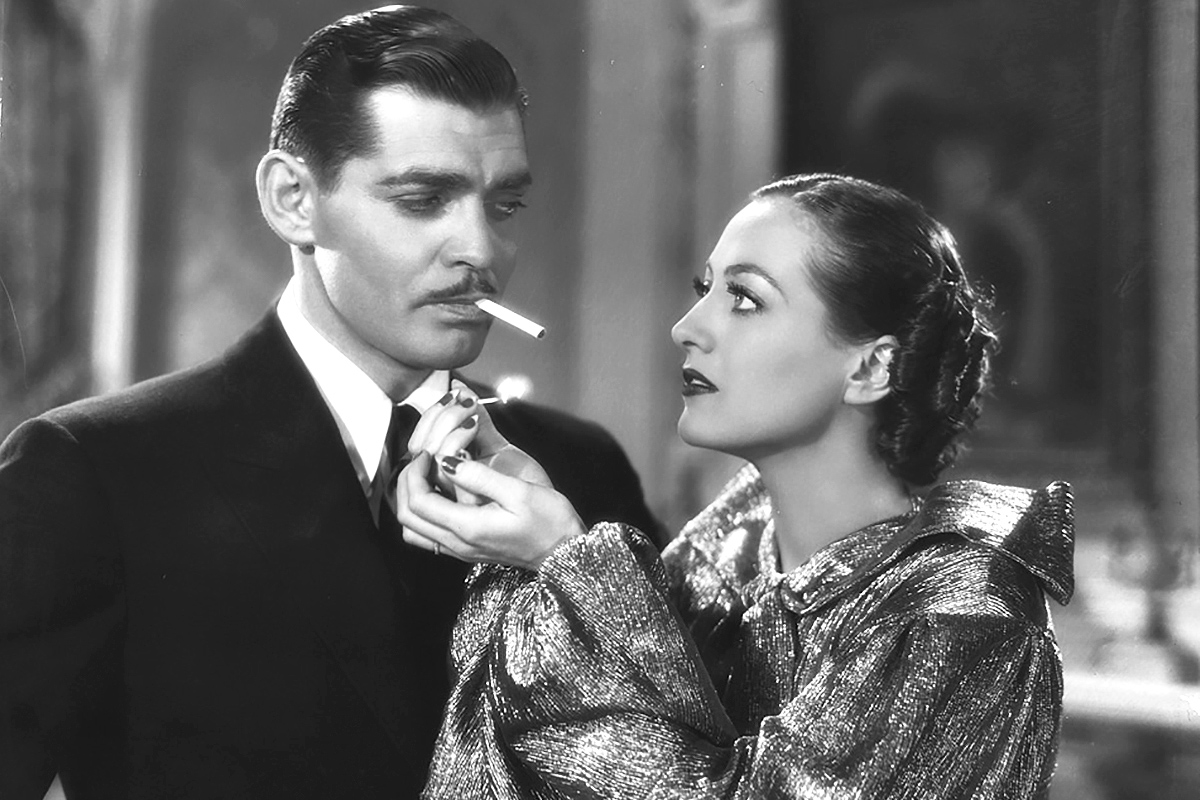
5 Comments
Add YoursVery interesting information I did not know. Thank you!
Good article! The HINDENBURG’s sister ship was the second GRAF ZEPPELIN (LZ130), though they really should be called brother ships since they were both named after men. The first GRAF ZEPPELIN (LZ127) was much smaller.
“In the 1920s, Berlin was the world’s largest industrial city, the largest city between the English Channel and the coast of the Pacific and, after New York and London, the third largest metropolis in the world by population.”
But wasn’t Shanghai the world’s largest city by then?
The Goldene Zwanziger was really en incredible time in history, and not ust for Germany, I believe. Advancement occured in all fields, and some where so ‘advanced’ that after the war it took decades to get back were we left off.
Great article.
Good article thank you.